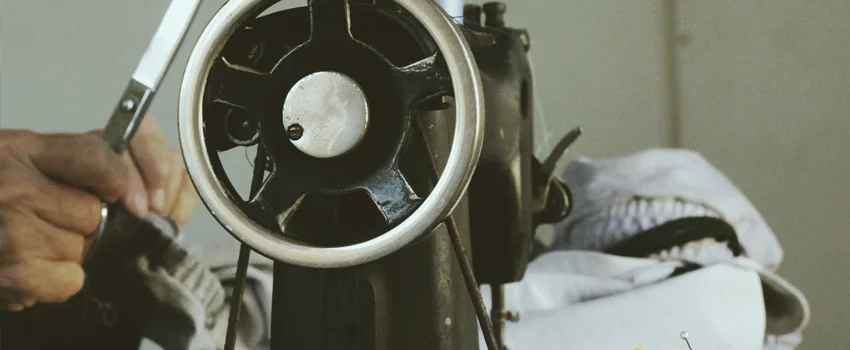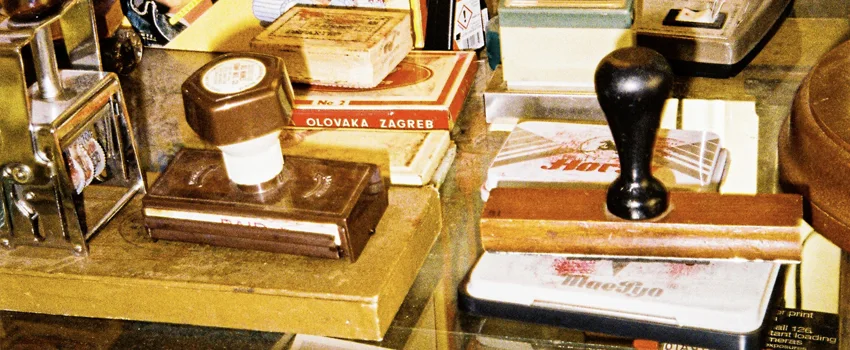Embarking on the journey of DIY cottagecore decor is like stepping into a world where creativity meets nature, and every creation tells a story. As someone who has walked this path, from the rolling hills of Eastern North Carolina to the crafting table in my own home, I’ve learned that the heart of DIY lies in experimentation, learning, and embracing the beauty of imperfection. Whether you’re a beginner just starting to explore the rustic charm of cottagecore or an experienced crafter looking to expand your skills, these basic techniques are the building blocks for a myriad of charming projects.
In my own journey, I’ve discovered that each technique, from cutting to sewing, holds its magic and challenges. I’ve learned that the joy of DIY is as much in the process as in the final product. There’s something profoundly satisfying about turning simple materials into something beautiful and functional. It’s not just about the result but about the story that unfolds as you create – the occasional misstep, the unexpected successes, and the lessons learned along the way.
As we work through these common DIY techniques, I encourage you to embrace each step with an open mind and a willing heart. Remember, every cut, stitch, and bead is a part of your learning journey. Celebrate your successes, learn from your failures, and let your creativity flourish. These techniques are not just methods; they are pathways to expressing your unique vision and style. So, gather your materials, ready your tools, and let’s embark on this creative adventure together, crafting cottagecore decor that’s as unique and special as the hands that made it.
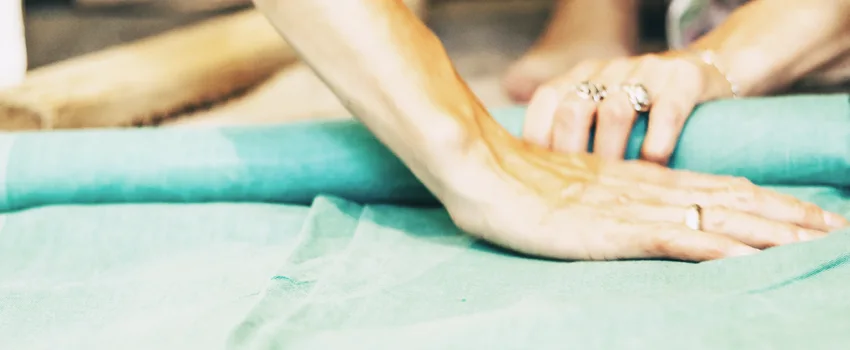
Cutting: The Art of Precision and Shape
Tools and Materials
In the world of DIY, the right tools can make all the difference. For fabric, a sharp pair of fabric shears is essential, while a rotary cutter can be a game-changer for quilting projects. When it comes to wood, the choice of saw – be it a handsaw for finer work or a jigsaw for more intricate shapes – depends on the project at hand. Always remember, the key to precision cutting is keeping your tools well-maintained; a dull blade can turn even the simplest project into a challenge.
Techniques and Tips
Precision in cutting is not just about the tool but also the technique. When working with fabrics, always cut in a single, fluid motion and use a cutting mat and clear ruler to ensure straight lines. For wood, mark your measurements clearly and take your time to follow the lines. Remember, especially with more complex shapes, it’s better to cut slightly outside the line and then sand down to the exact shape for a perfect fit.
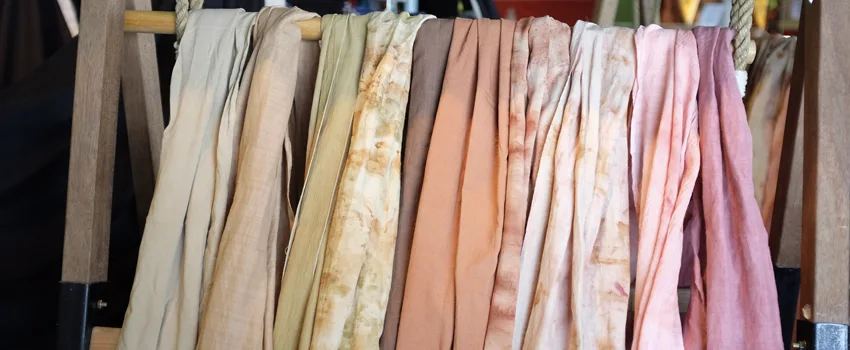
Sewing: Bringing Pieces Together
Understanding Fabrics
The fabric you choose can dramatically alter the outcome of your sewing project. Consider the weight, stretch, and weave of the fabric – is it heavy and sturdy like denim, or light and flowing like chiffon? Understanding the grain of the fabric is also crucial, as it affects how the fabric behaves when cut and sewn. Always align your pattern with the grain for the best results.
Sewing Essentials
Whether you’re using a sewing machine or stitching by hand, knowing the basics can turn a daunting task into an enjoyable process. For machine sewing, familiarize yourself with threading, tension adjustment, and basic stitch settings. For hand sewing, practice essential stitches like the slip stitch and blanket stitch. And remember, patience and practice are your best tools in sewing.
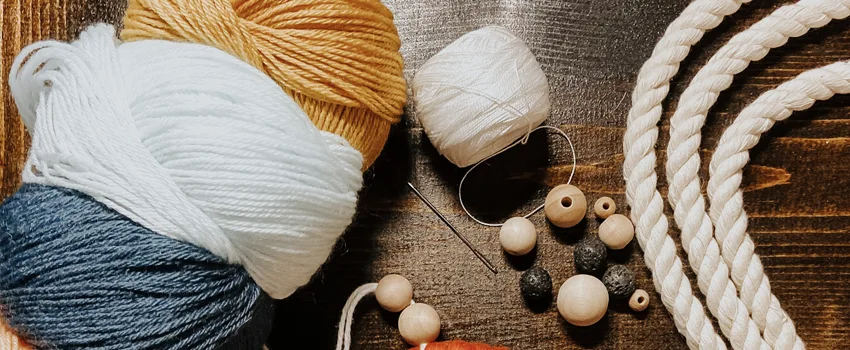
Stringing: The Art of Beading and More
Material Selection
The choice of beads and stringing material can transform the look and feel of your project. Glass beads, wooden beads, or even semi-precious stones each bring their own character. Your stringing material should complement your beads – use flexible beading wire for structured pieces like bracelets, and consider nylon thread or elastic for pieces that require more flexibility.
Technique Mastery
Mastering stringing is all about understanding tension and patterns. Start with simple patterns and focus on maintaining even tension for a professional finish. As you gain confidence, experiment with more complex techniques like multi-strand stringing or incorporating knots into your designs for added interest.
Stamping: Creating Impressions
Ink & Paint Choices
The medium you choose for stamping can define your project. Water-based inks are great for paper projects, while oil-based inks or fabric paints are better suited for textiles. Experiment with different mediums on scrap materials to understand how they apply and dry, ensuring the best outcome for your final project.
Stamp Creation
Creating your own stamps opens up endless possibilities for customization. Start with simple shapes carved from potatoes or erasers – perfect for beginners. As you become more comfortable, move on to more durable materials like linoleum or rubber, where you can carve more detailed designs for a wide range of projects.
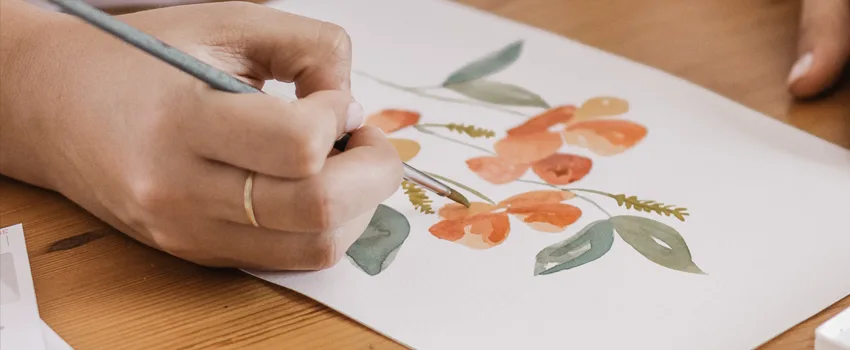
Creating Patterns: The Foundation of Design
Pattern Design Basics
The foundation of any great sewing or stamping project is a well-designed pattern. Start by understanding the basics of measurement and symmetry. For sewing, learn how to take accurate body measurements and translate them into patterns. For stamping, focus on creating patterns that are visually balanced and harmonious.
Digital vs. Hand-Drawn
In today’s digital age, pattern design can be done both by hand and on the computer. Hand-drawn patterns bring a personal touch and are great for those who prefer a more tactile approach. Digital patterns, created using software, offer precision and ease of replication. Choose the method that best suits your project and your comfort level.
By experimenting with these techniques and maintaining the right approach and mindset, you can unlock a world of creativity and personal expression through your cottagecore DIY projects.
